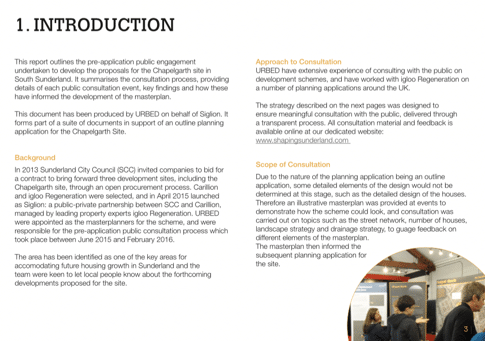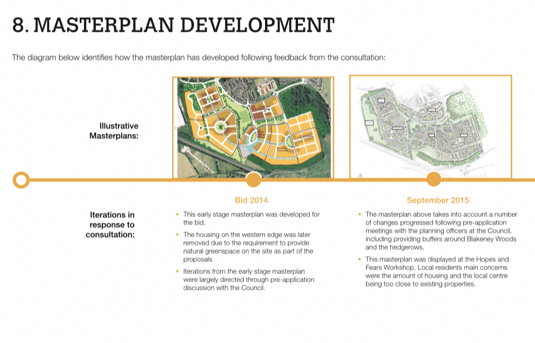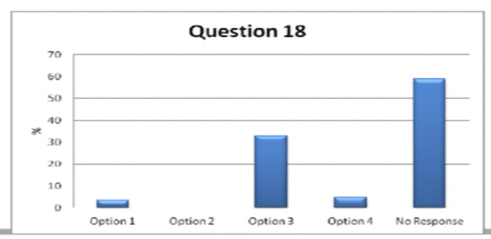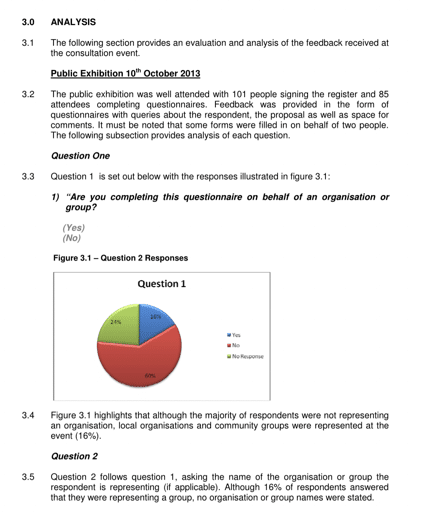Community engagement is a crucial component of planning applications, particularly in large-scale developments. A well-prepared Statement of Community Involvement (SCI) not only ensures local stakeholders are involved but also strengthens the proposal’s alignment with community needs.
What are examples of best practices for preparing a Statement of Community Involvement for planning applications?
We have gone through several Statements of Community Involvement for residential planning applications and summarised good practices seen in those community engagement reports.
Read on to find out.
What is a Statement of Community Involvement for a planning application?
A Statement of Community Involvement (SCI) is a report required in many planning applications to outline how developers engage with communities during the planning process.
Validation guidance by Braintree Council states "a statement of community involvement explains how the community will be involved in the preparation of the planning application, and the steps that will be taken to encourage this involvement".
A developer’s Statement of Community Involvement (SCI) is a critical part of any major planning application. It provides a detailed account of community engagement efforts, highlighting both the activities undertaken and, more importantly, the feedback gathered from local stakeholders.
In England, a Statement for Community Involvement for major planning applications is required under the Planning and Compulsory Purchase Act (2004). The engagement report submitted with a planning application to document what engagement activities the design team delivered and the outcomes and learnings.
Undertaking community engagement for major applications is generally expected. Read our article to understand when you are obliged to submit an Statement of Community Involvement with your application.
Documenting and reporting on community engagement can be an extremely rewarding exercise.
Why are formal community engagement reports important?
An SCI ensures that your development project actively involves residents, addressing both the potential benefits and impacts on the community. It also demonstrates that their feedback has been carefully considered during the planning process, reinforcing transparency and trust.
When producing a Statement of Community Involvement, it helps to clearly envisage the audiences that would be likely to want to read this report:
Six tips for a robust Statements of Community Involvement
Our review of eight master-planned residential schemes showed wide diversity in levels of effort to engage in both types of Statement of Community Involvement. Despite the varying ways of presentation and volume of content, the following tips tend to characterise better quality SCIs:
1
Visual design and layout
Consider the format and style of the document based on the purpose of the report that you aim to achieve. A document built around the narrative of the engagement activities can be of great interest to the public and be used as a way to advertise the project.
For larger projects, effective communication with broad audiences is essential. Using visual elements such as images, charts, and infographics can make your report more engaging and highlight key points.
Do you need to follow branding or a colour scheme? Will you include graphs and tables to showcase statistics and findings visually?
Below are two examples of SCIs that serve different purposes.
Statements of Community Involvement as comprehensive story
Example from 500+ homes Chapelgarth project (Urbed on behalf of Siglion)

Statements of Community Involvement by the facts
Example from 500+ homes Wawne Road project (ID planning on behalf of Strata Homes)

2
Readability and visual aids
Keep the language simple and accessible, especially if your SCI is a public-facing document. Avoid technical jargon, and ensure the content is easy for the community to understand.
By using too much technical jargon, you risk excluding people you are trying to engage with.
The use of illustrations and images throughout helps make the document come to life.
Helpful visuals
Example from 500+ homes Chapelgarth project (Urbed on behalf of Siglion). This example provides a visual timeline of how feedback from engagement activities was used to rework the emerging master plan layout.


3
Understanding of audience characteristics
Understanding your audience is key. Documenting who participated in the engagement process demonstrates the scope and reach of your consultation, lending credibility to your report. Be sure to capture diverse demographics and represent all key stakeholder groups.
Modern engagement tool such as PlaceChangers offer a range of in-built question types and corresponding reporting, for example automatic mapping of participant postcodes, which helps with understanding and documentation.
Good questions to ask
Example from Carlton Village Phase 1, ±50 homes (Hellens Group)
4
Inclusion of choices
Productive reports reflected on the scope of change possible in advance of community engagement and reflected on feedback about those choices. Community engagement becomes effective when some changes were offered in respose to feedback received; and reports that consider changes made become powerful conversational tools.
For example, the Statement of Community Involvement below offered a selection of layouts for the eventual site, which proved decisive for the further evolution of the design.
Reporting on choices
Example from Carlton Village Phase 1, ±50 homes (Hellens Group)
While most respondents were against new development, a clear preference for the eventual site layout could be established. This kind of feedback supports effective community engagement.

5
Focus on outcomes vs description
From the beginning, your report should clearly focus on the outcomes of the engagement activities. Detail how feedback influenced the project, balancing descriptions of the process with the real impact community input had on design decisions.
Ideally the document will balance equally between descriptions of the project and the matters that arose from public engagement.
It should communicate what details have been captured and how this information was used to understand your audience.
Well balanced reports
An example from the Carlton Village Phase 1 development (±50 homes, Hellens Group) demonstrates a balanced approach, with 5 results pages to every 3 pages of general content. This emphasis on feedback ensures the report thoroughly addresses the community’s responses.
The report successfully balances project context with a detailed reflection on the key issues raised during engagement, making it an effective model for transparent community consultation.

vs
Less balanced reports
An example from the 2000+ homes Dissington Garden Village project (Local Dialogue on behalf of Lugano Group) shows a notable imbalance, with just 1 results page for every 11 pages of general content. Despite extensive engagement activities, only two responses were highlighted in the report.
Despite extensive engagement activities, the report only mentions two responses on one page. This raises questions about the overall effectiveness of the consultation process and whether community feedback was adequately represented.
Note: The proposal got rejected.

6
Clear on the matters that arose
Identify and break down key themes from the engagement activities and the possible actions they identify what has happened in response to feedback.
You will demonstrate a robust design process and instil trust and respect in the place where you build by responding to concerns raised.
Clear summary of themes
Example from 50-home Grange Road scheme (Lichfields on behalf of Bellway). Table or subheadings with individual concerns raised help understand the concerns raised and demonstrate which ones could be addressed and which ones could not.

Creating effective Statement of Community Involvement
Community engagement reports can vary significantly in format and content.
A well-crafted Statement of Community Involvement not only provides insight into the feedback received but also demonstrates that the development process has been responsive to community needs and concerns. This strengthens your case for approval.
Ask yourself what purpose you want your Statement of Community Involvement to serve and what stakeholder engagement was for?
To help your reporting process, consider dedicated community consultation tools for your planning application. For instance, leading planning consultation tools, such as the PlaceChangers Engagement tool, auto-generate visual community consultation reports, which can be attached to any Statement of Community Involvement for additional impact and transparency.
Explore the PlaceChangers planning toolkit

PC Engagement - market leading planning engagement
Generate powerful interactive consultations and tap into automatic consultation summaries on PlaceChangers.
